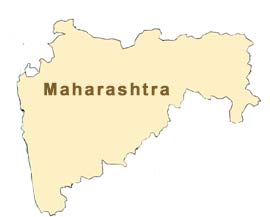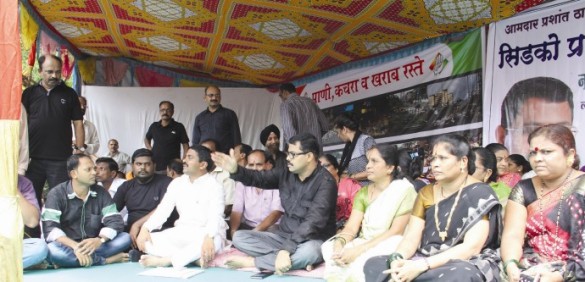This week was a proud moment for India. The launch of the Mangalyaan by ISRO (Indian Space Research Organization) put India on the world’s map once again. Mangalyaan is a satellite launched by ISRO to circle the orbit of Mars, the planet right after us in the solar system.
By this, a number of records have been achieved by India. This is the 1st time that a country has succeeded in launching a satellite in it’s maiden attempt, leaving behind Russia, USA and Europe. India is also the only Asian country till date to have accomplished this feat. Not even China can afford to say the say. By implementing this project for Rs. 450 crore (approximately $75 million), India has completed this mission in 1/10th the cost of Mission ‘Maven’, the project implemented by NASA for the same. Also, this project turns out to be less expensive than many Hollywood films, which is no mean achievement in itself. This mission has been implemented without any assistance from a foreign country. Thus, the technology has been completely Indian and we don’t have to share spoils of this victory and celebration with anyone.
The Prime Minister of India Narendra Modi and many young Indian politicians were vocal in congratulating ISRO and all scientists involved in the project. The PM met most scientists associated with the project and displayed his pleasure and happiness at the spectacular work done. He extended this feeling to the whole country, encouraging all of India’s citizens to celebrate this historic moment. He said that we spend a lot of time celebrating when India wins a cricket match. This event is far more historic and significant and hence we Indians should join hands in celebrating and congratulating the scientists who made this possible.
This event has brought to light the vast technological prowess of India. We are the world’s leading Information Technology enabled Services (ITeS) exporters, and this achievement further adds a feather in our cap. We have been marveled at by the world for our IT services, and this will further build India’s credibility in the world’s eyes.
The onus is now on young Indian politicians to encourage more emphasis in the fields of research and development in the technology sector. Technology is the heart of young India, something which young Indian politicians can understand best. Hence, they must push for more budget allocation and efficiency from research and development in all fields related to technology – be it outsourced IT, defense, space travel, telecom and others. The scope for growth of all these sectors in our country is immense; we have not even tapped into 50% of the country’s potential. Hence, our young Indian politicians must consider Mangalyaan as just the beginning and focus on implementing more projects like this, which make India stand out in the world’s eyes once again. We have been the Golden Bird of the world for long before the British invaded us. It is time India takes that title back.










